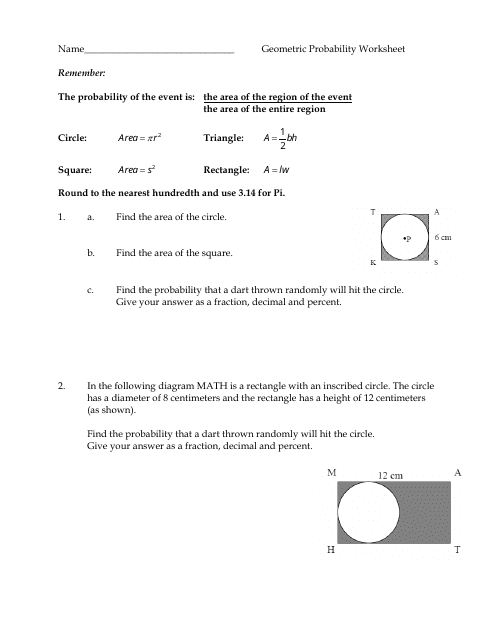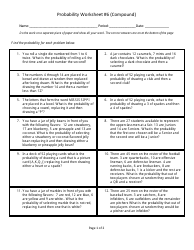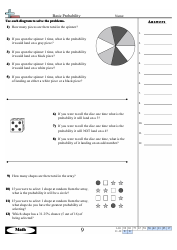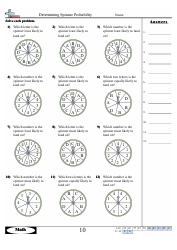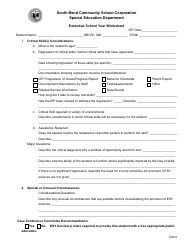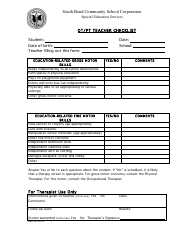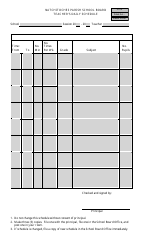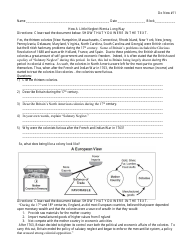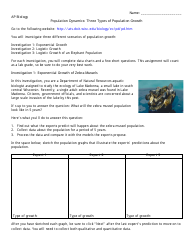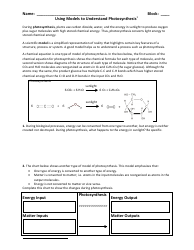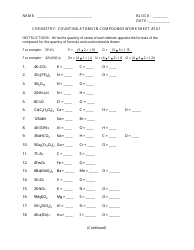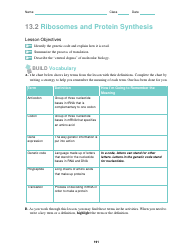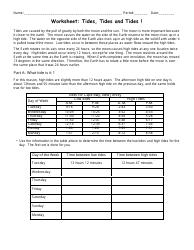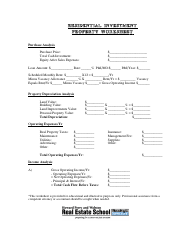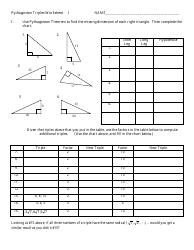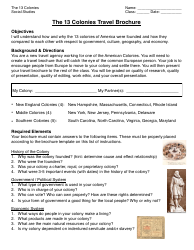Geometric Probability Worksheet - North Iredell High School
The Geometric Probability Worksheet from North Iredell High School is a learning tool used to practice and assess understanding of geometric probability concepts.
FAQ
Q: What is geometric probability?
A: Geometric probability is a type of probability that deals with the chance of an event occurring in a geometric setting.
Q: How is geometric probability calculated?
A: Geometric probability is calculated by finding the ratio of the area or length of the favorable region to the total area or length of the entire region.
Q: What are some examples of geometric probability?
A: Some examples of geometric probability include finding the probability of a dart landing in a specific region on a dartboard or the probability of a point falling within a certain interval on a number line.
Q: What is the favorable region in geometric probability?
A: The favorable region in geometric probability is the area or length that represents the desired outcome of the event.
Q: What is the total region in geometric probability?
A: The total region in geometric probability is the entire area or length that represents all possible outcomes of the event.
Q: What is the key concept in geometric probability?
A: The key concept in geometric probability is that the probability of an event occurring is the ratio of the favorable region to the total region.
